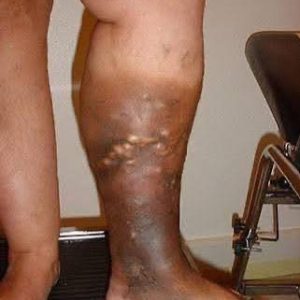Do you ever noticed that you bruise easily? You know what we mean. Those black and blue marks that look unsightly, and even after time turns them yellow, they aren’t any prettier. Not only do they look scary, but in some instances they can also be painful. And sometimes they’re a cause for concern because they may mean that you have an underlying medical problem, and it could be serious.
In today’s blog, we’re going to share some of the reasons why bruising occurs and offer some tips to address the issue, hopefully allowing you to prevent future bruising or, figure out why your body is sending you this signal that something might be amiss.
Oh, and here’s a hint about one possible cause: let’s just say you can add bruises as one more potential thing that may result from a lack of specific vitamins. More to follow on that.
Ecchymosis. That’s the medical term for bruising. It sounds as icky (that’s a non-medical term) as your bruises may look.
A bruise is what happens when small blood vessels burst underneath your skin’s surface, causing the blood to spill out from the capillaries and form a puddle just underneath the skin (as opposed to when you cut yourself and the blood pours out). There are lots of reasons as to why bruises happen, but some of the medical conditions associated with bruising may not necessarily cause the actual bruise but may make you more vulnerable to bruising. READ MORE BELOW
Bruising also generally occurs when there’s been some acute trauma that’s happened to your skin. You accidentally bumped into your coffee table or walked into a wall or banged your arm against your night table, maybe even while you were sleeping. Or perhaps you’ve had your blood taken and it’s left a bruise, likely because your veins weren’t popping that day.
Whether you remember what happened or not, you’ll remember what a bruise looks like. Generally, a dark mark, like red or black or blue. Over the next several days, you’ll see the colors change, kind of like the trees changing in the fall, but not as pretty. Going to purple or red, then green or yellow means the blood is being reabsorbed by your body and that the bruise is healing, until eventually there’s no tell-tale sign left.






